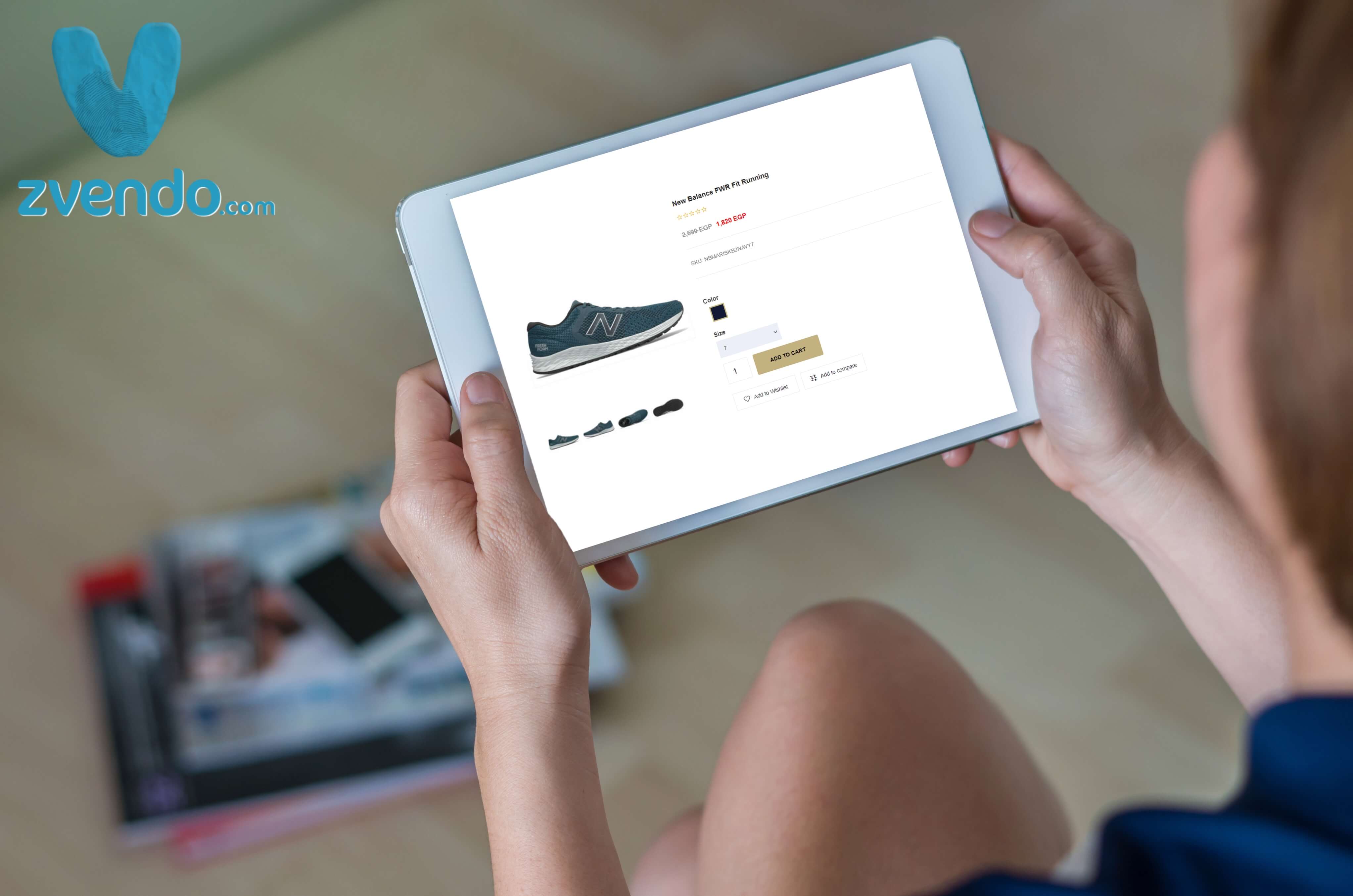How do you measure your online store success? what plans do you follow to grow your business? do you put all your focus on sales and current profit?
Think for a minute, what is more profitable to make a winning sale to a customer or to win a customer to make a sale? What matters is the customer lifetime value (CLV)
It’s important to remember that the longer you hold a consumer, the more value you provide for how they relate to your brand. Herein lies the meaning of the term ‘customer lifetime value’.
What Is Customer Lifetime Value?
Your brand has the opportunity to increase stability and profit by identifying and understanding the lifetime value of each of its customers. It also enables you to calculate the appropriate amount to spend on marketing.
The easiest way to define the lifetime value of a customer is as a measure of how much net profit your business can generate from a single customer over time.
Why is customer lifetime value important?
CLV tells you how much value your customers will ultimately add to your company, and it’s vital information for determining how much money you should spend on acquiring it.
You will be able to understand which consumers you should focus on, and more importantly, why you should focus on them instead of just trying to stay afloat.
A clear analysis of the advantages of acquiring and retaining any customer is provided by the customer’s lifetime value. Customers are significantly different from each other.
Understanding your CLV has two main benefits:
- Increases income and repeat business. CLV identifies beneficiaries who spend more money on your business. It enables you to understand the goods that people value and the goods that make their lives better. CLV can be used to monitor sales per customer and plan ways to increase revenue and profit margins through repeat business.
- It enhances loyalty. By improving your customer service, products, referrals, and loyalty programs, you can improve CLV. This will result in more repeat business and a greater retention rate. Customers who are still with you make more purchases and spend more money.
As a business owner, you must be able to focus your efforts on finding clients who will transform your company from a quick success into a household name.
Here are some quick tips to increase your customer’s lifetime value,
Determinate and respond to consumer behavior
Knowing what your customers are doing allows you to develop more brilliant, personalized, and successful marketing programs and communicate to increase levels of engagement.
Perhaps your customer care staff can come up with unique ways to reward a dissatisfied client who has a lengthy history of using your store. Saving a connection that has been shown to be beneficial may cost more time and money than usual, but it may be well worth it.
There are so many options! However, the key is that CRM makes this data accessible and keeps it close at hand so you can act smarter in response to consumer behavior. As a result, there will be an increase in revenue and customer lifetime value.
Increase sales through automation and email marketing.
Email is another strategy to increase customer lifetime value. Take a look at these email income and ROI stats:
When using email marketing in conjunction with other touchpoints, customers spend 138 percent more.
Over 40% of cart abandonment emails are opened.
Six times as much money is earned through personalized emails rather than generic messages.
Cross-selling and up-selling.
Upselling is a strategy used to persuade customers to buy a more expensive or upgraded version of an already purchased item or other merchandise. In order to increase sales, things are often very expensive. Instead of selling to a new customer, it is used to sell to customers who have already made a purchase. Cross-selling is the practice of providing additional related goods and services to customers in response to their interest or purchase of one of your company’s merchandise.
Cross-selling and upselling are frequently mistaken. Cross-selling and upselling entail recommendations that are complementary to the initial product, whereas upselling involves an updated version. Cross-selling is similar to a server asking if you would like fries with that. ” and upselling with statements like “Do you prefer mozzarella sticks over your meal? ”
By applying these tactics. Your internal systems will operate more efficiently, and your customers will receive more detailed, targeted, and relevant marketing and communications.
As a result, customers are happy, spend more, and stay longer.
If you’ve just launched your online store or have questions before launching, feel free to contact us at zVendo.






